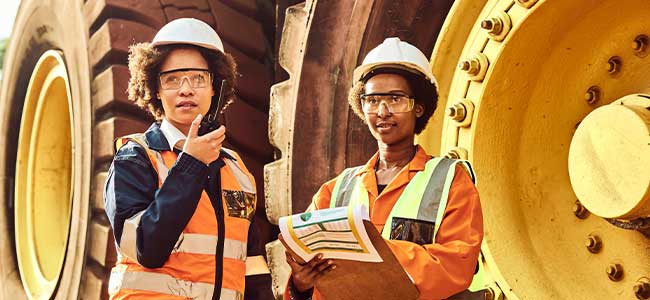
The agency inspected 14 mines, where it identified 74 significant and substantial violations.

The updated rule aims to offer increased protection for workers under the H-2A program.

How smart grids and IoT technology help prevent electrical incidents and improve safety in the workplace.
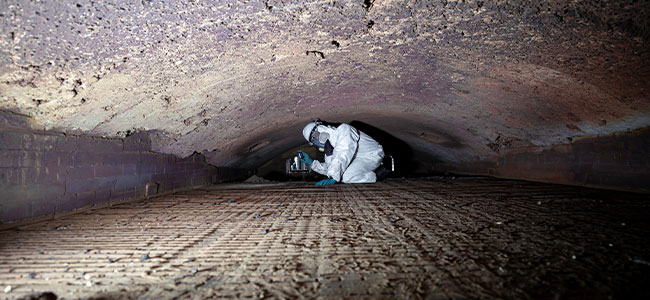
Confined spaces safety training involves multiple critical elements to prevent accidents and safeguard the lives of workers in high-risk environments.
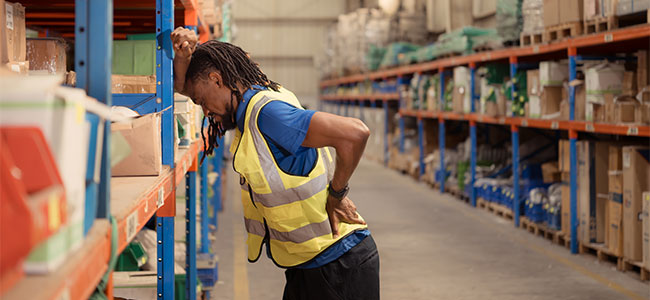
Using connected safety can ensure compliance with OSHA’s latest NEP, protect workers, boost efficiency, and prevent safety issues before they become safety incidents.

Vacuum conveyors and industrial vacuum cleaners reduce liability exposure to dust produced during the manufacturing process.
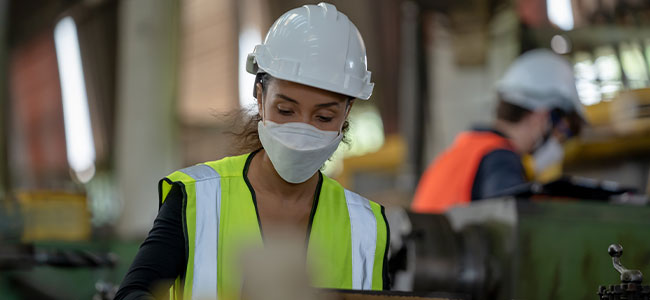
How a game-changing health standard strengthens protection against airborne viruses. ASHRAE’s recently released Standard 241 serves as a helpful reference for minimum safety standards in various buildings and spaces.

The spate of recently implemented recreational marijuana laws has left employers feeling dazed and confused when it comes to testing, but they have options — and an obligation —
to ensure workplace safety.

Seven hazards frequently occur on construction sites. Here’s how recognizing and training workers on these dangers can significantly improve workplace safety and productivity.
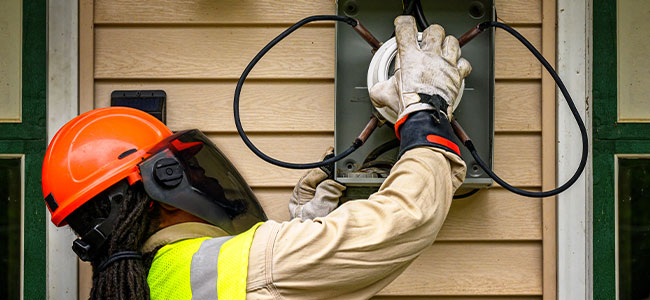
Selecting the best PPE for improved arc flash safety for electrical workers starts with asking the right questions.
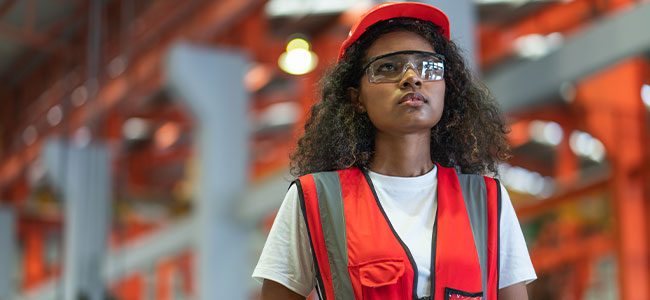
There are many product features built into today’s eye protection. What considerations should be made before choosing eye protection for the job?
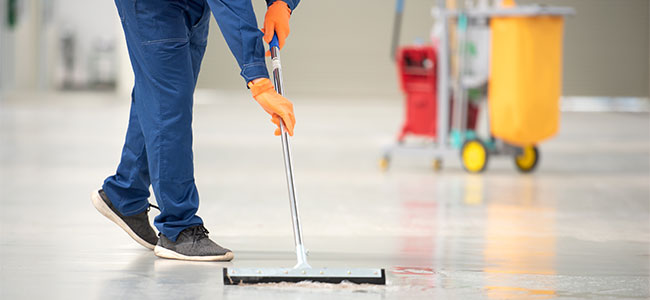
Some of the most common workplace injuries are caused by slips, trips and falls. How do safety managers identify their causes and implement effective solutions?
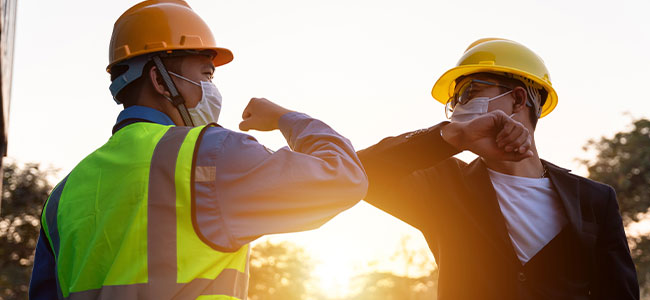
This year’s annual AIHA event brings its variety of educational sessions, networking events and expo floor exhibitors to Columbus, Ohio.
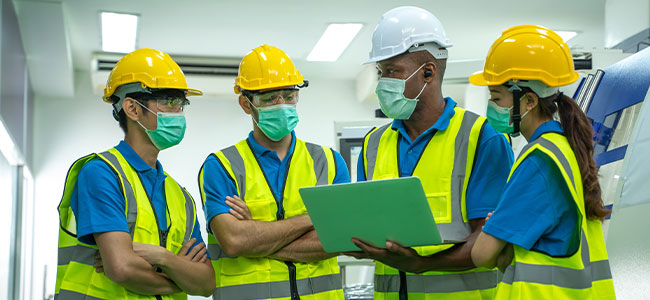
Safety on the job is no accident. Industrial hygiene is the science of protecting workers’ health and safety.
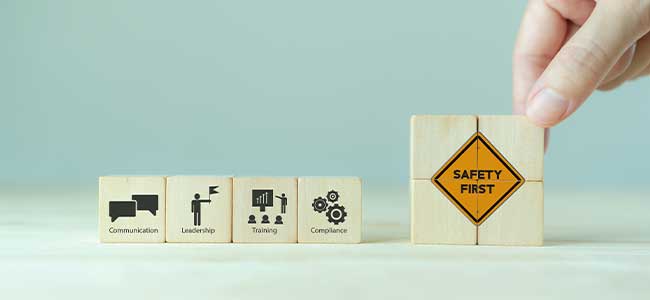
Well-intended safety interventions can backfire in the workplace, as illustrated through real-world cases and practical leadership strategies to enhance safety effectively.
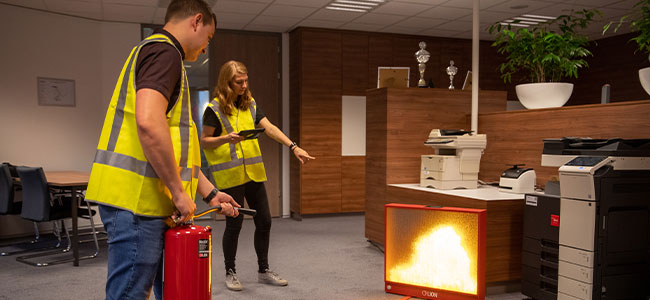
Digital tools and simulations are transforming fire safety training by offering engaging, risk-free and efficient emergency response education.
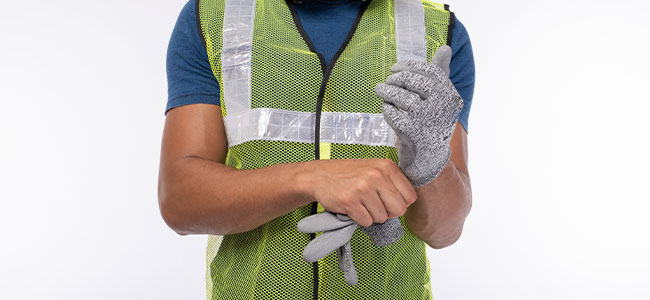
This year’s innovations in hand protection will see PPE features that benefit both worker safety and the planet.
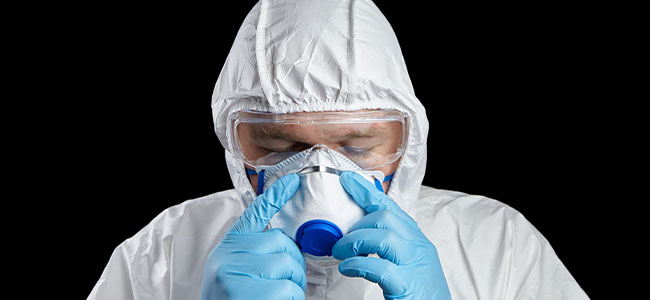
A NIOSH/NPPTL challenge aims to foster technology that helps improve respirator fit to protect workers from respiratory hazards.
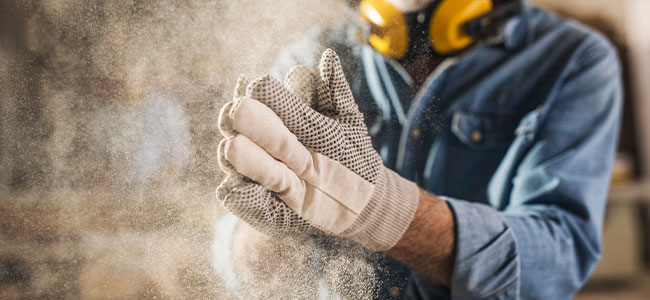
The strategies for managing combustible dust in and around manufacturing plants and processing facilities.
Investing in safety is good not just for the bottom line but also for society.